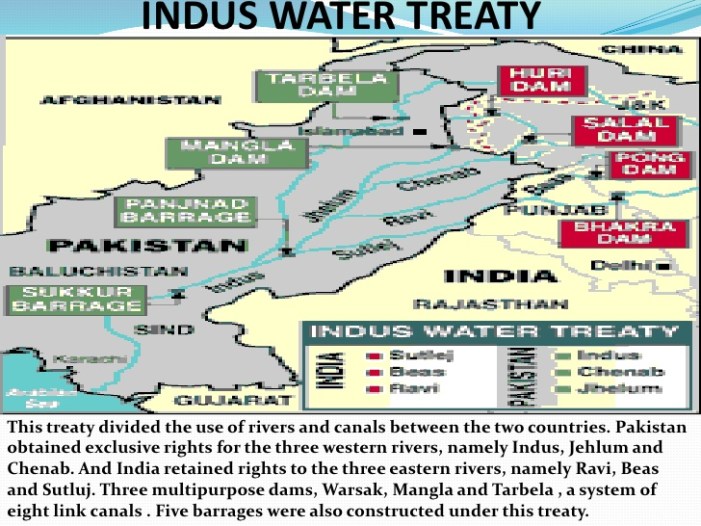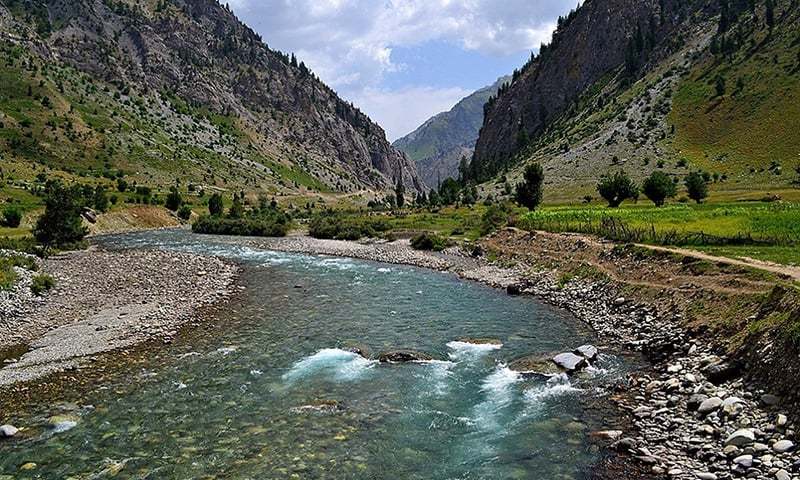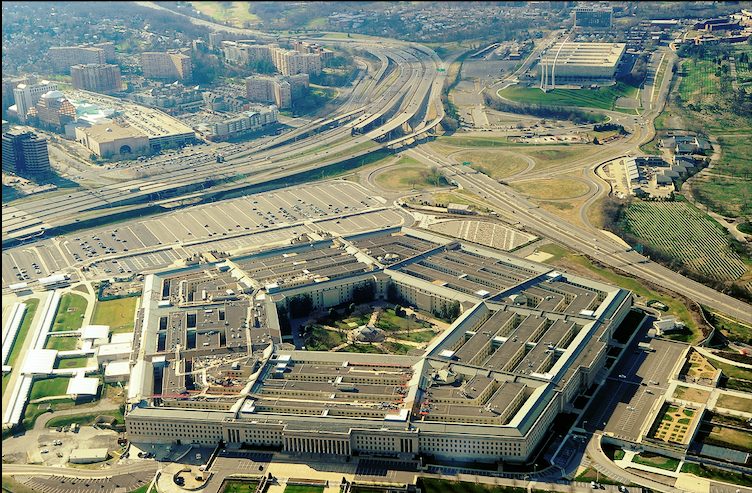The Indus system comprises the main Indus River, Jhelum, Chenab, Ravi, Beas and Sutlej. The basin is mainly shared by India and Pakistan with a small share for China and Afghanistan.
Under the Indus Waters Treaty signed between India and Pakistan in 1960, all the waters of three rivers, namely Ravi, Sutlej and Beas (Eastern Rivers) averaging around 33 million acre-feet (MAF) were allocated to India for exclusive use.
The waters of Western rivers – Indus, Jhelum, and Chenab averaging to around 135 MAF were allocated to Pakistan except for specified domestic, non-consumptive and agricultural use permitted to India as provided in the Treaty.
India has also been given the right to generate hydroelectricity through the run of the river (RoR) projects on the Western Rivers which, subject to specific criteria for design and operation is unrestricted.
Present status of development in India To utilise the waters of the Eastern rivers which have been allocated to India for exclusive use,
India has constructed Bhakra Dam on Satluj, Pong and Pandoh Dam on Beas and Thein (Ranjitsagar) on Ravi.
These storage works, together with other works like Beas-Sutlej Link, Madhopur-Beas Link, Indira Gandhi Nahar Project, etc has helped India utilise nearly entire share (95 per cent) of waters of Eastern rivers.

However, about 2 MAF of water annually from Ravi is reported to be still flowing unutilised to Pakistan below Madhopur.
To stop the flow of these waters that belong to India for its utilisation in India, the following steps have been taken:
1) Resumption of Construction of Shahpurkandi project: This project will help in utilising the waters coming out from powerhouse of Thein dam to irrigate 37,000 hectares of land in Jammu and Kashmir and Punjab and generate 206 MW of power.
The project was scheduled to be completed by September 2016. However, following a dispute between the state of Jammu and Kashmir and Punjab, the work on the project had been suspended since August 2014.
Consequent upon the agreement reached on 8 September 2018 between Jammu and Kashmir and Punjab, the construction work has now resumed by Government of Punjab which is being monitored by Government of India.
2) Construction of Ujh multipurpose project: This project will create a storage of about 781 million cubic metres of water on river Ujh, a tributary of Ravi for irrigation and power generation in India itself and provide a total irrigation benefits of 31,380 hectares in Kathua, Hiranagar and Samba district of Jammu and Kashmir, apart from providing water for the district Kathua.
The DPR of the project has been technically approved for the total estimated cost of Rs 5850 crore (July 2017). This project is a National Project and an assistance of Rs. 4892.47 crore on works portion of irrigation component as well as the special grant is under consideration by the Central Government. The time frame for implementation of the project is six years.
3) The 2nd Ravi Beas link below Ujh: This project is being planned to tap excess water flowing down to Pakistan through river Ravi, even after construction of Thein Dam, by constructing a barrage across river Ravi for diverting water through a tunnel link to Beas basin.
The project is expected to utilise about 0.58 MAF of surplus waters below Ujhdam by diverting the same to Beas basin for benefits of other co-basin states. The government of India declared this project as National Project. The government claims that these projects will help India to utilise its entire share of water given under the Indus Waters Treaty 1960.
Having above projects put in force by previous governments and further modified by current government The Indus Waters Treaty between India and Pakistan is once again in the spotlight in the aftermath of Pulwama attack.
Union Water Resources Minister Nitin Gadkari has declared that water from the eastern rivers which earlier used to flow downstream to Pakistan will be diverted to Jammu and Kashmir and Punjab region.
This action to choke Pakistan has been discussed earlier too but no decision has ever been made.
Following Union Minister Nitin Gadkari’s statement, Additional Director General of Media and Communications in the ministry Neeta Prasad mentioned that it was not a new decision as the Union water resource minister had only reiterated what he had always said.
Prime Minister Narendra Modi, after the Uri terror attack in 2016, had said that blood and water can’t flow together. ‘Rakt aur paani ek saath nahin beh sakta’ (blood and water cannot flow together),” Modi said in a meeting with Water Ministry officials on Indus Waters treaty in September 2016.









